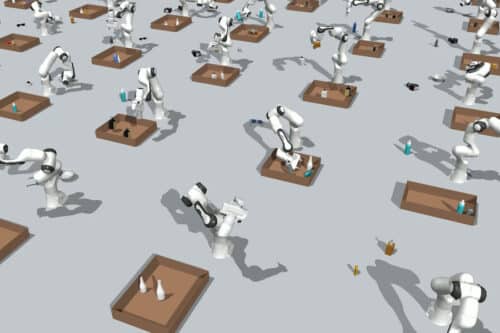Researchers at MIT have guided a series of generative AI models to tackle multistep robotic manipulation challenges collaboratively.

Packing ample luggage into a small trunk is challenging for people and robots. Robots must ensure suitcases are stable, heavier items are at the bottom, and they avoid car collisions. Traditional methods, which tackle constraints individually, can be inefficient and time-consuming.
MIT researchers employed a diffusion model, a type of generative AI, to address the packing issue more effectively. Their approach harnesses multiple machine-learning models, each tailored for a specific constraint. By integrating these models, they can concurrently consider all constraints, offering comprehensive solutions to the packing challenge.
Constraint complications
Continuous constraint satisfaction problems, often seen in tasks like robot item packing or dinner table setting, present a significant challenge for robots. These encompass a myriad of constraints, from geometric ones like preventing robot arm collisions with the environment’s physical constraints ensuring object stability to qualitative directives such as spoon placement relative to a knife. The constraints are numerous, varying based on object geometries and human specifications. Addressing this, the researchers introduced a machine-learning method, Diffusion-CCSP. Diffusion models iteratively refine outputs to generate data resembling training samples. They master incremental solution enhancements and initiate problem-solving from a random, suboptimal point, progressively refining it.
Working together
In Diffusion-CCSP, researchers captured the complex interplay of constraints, like item positioning and specific placements in packing tasks. This system learns through multiple diffusion models, each for a distinct constraint but sharing common knowledge like object geometries. Collaboratively, these models determine optimal placements for objects, ensuring a robotic gripper meets all constraints. After successful feasibility studies, the technique was tested with real robots, handling tasks from 2D shape packing to 3D object stacking. Their method consistently outperformed others, delivering efficient, stable, and collision-free solutions.
In the future, the team aims to trial Diffusion-CCSP in complex scenarios, like robots navigating within rooms. Additionally, they aim to equip Diffusion-CCSP to address challenges across various domains without necessitating retraining on fresh data.






